Wow, what a place Madeira is. I’ve been on a couple of hiking holidays throughout Europe, and this was by far the best. Smashing the Swiss Alps and the Slovenian dolmites out of the park. There is literally everything here from colossal waterfalls to eerie forests straight out of the Lord of the Rings to charming coastal paths and beaches. In just an hour’s drive it is like you have been transported to a completely different place in terms of both weather, landscape, and vegetation. Oh, and of course, possibly the best sunrise spot on the planet, Pico de Areiro. Here’s a full guide on how to make the most of your time here.

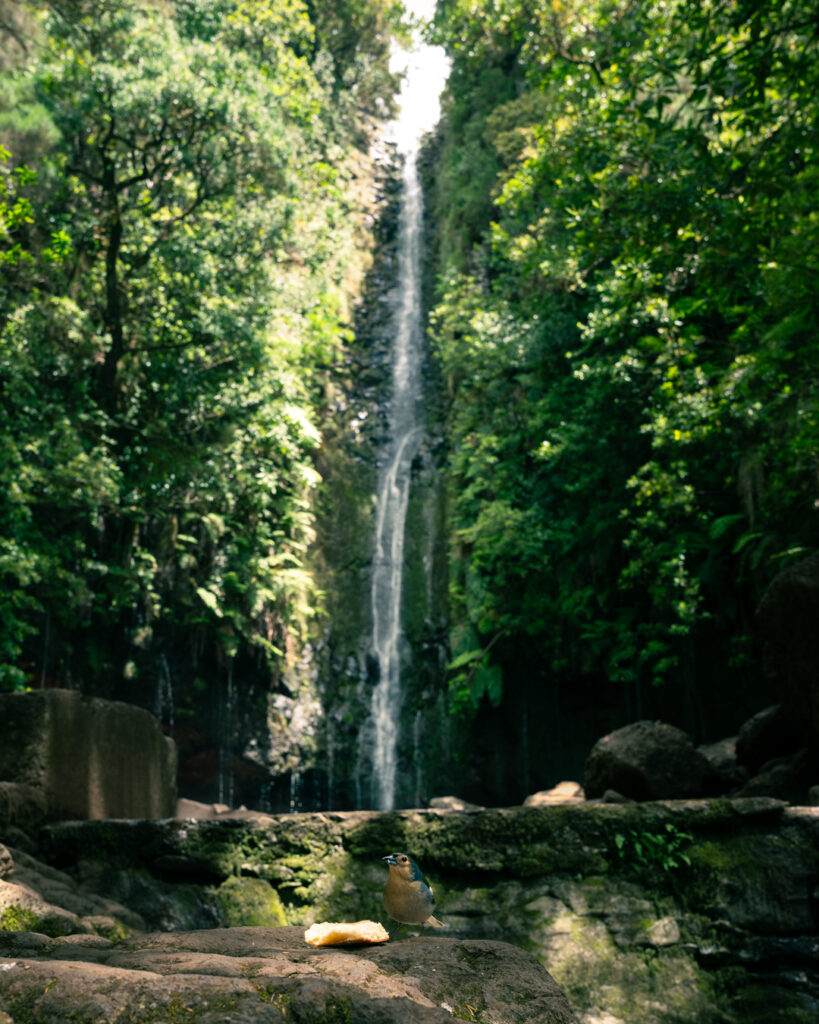

Of course if youre coming to Madeira youre going to go on at least a few hikes and theres plenty to choose from. The hardest part here is choosing which ones you are comfortable skipping; in my opininon theres a clear top 3 which cover the different aspects of the island and then if you have some spare time you can always tick off a few extras.
Pico de Areiro – this is my favourite hike/viewpoint that I have ever been to, and it is simply magical if you’re here at the right time. Because of Madeira’s unique geography, there is almost always cloud in the sky, no matter the time of year; however, the important thing here is how high they are. If you get lucky, the cloud forms just below the peak of Pico de Areiro and floods into the many valleys below. From here, you can watch the sun rise from above the clouds, which feels like something straight out of a sci-fi movie. There are two spots where you can sit and watch this, depending on how early you get to the mountain. Firstly, just to the right of the car park, there is a pathway that follows around to a viewpoint; this gets extremely crowded, though. I preferred getting there a little earlier and completing the first section of the PR1 trail; this takes you across the famous ‘Stairway to Heaven’ to another peak. Here, the sunrise lines up perfectly with the valleys, and there are a few less people, which makes the experience even better. There aren’t many places that could make me wake up at 4 am 3 times in the same week to go and see, but here it’s certainly worth it.

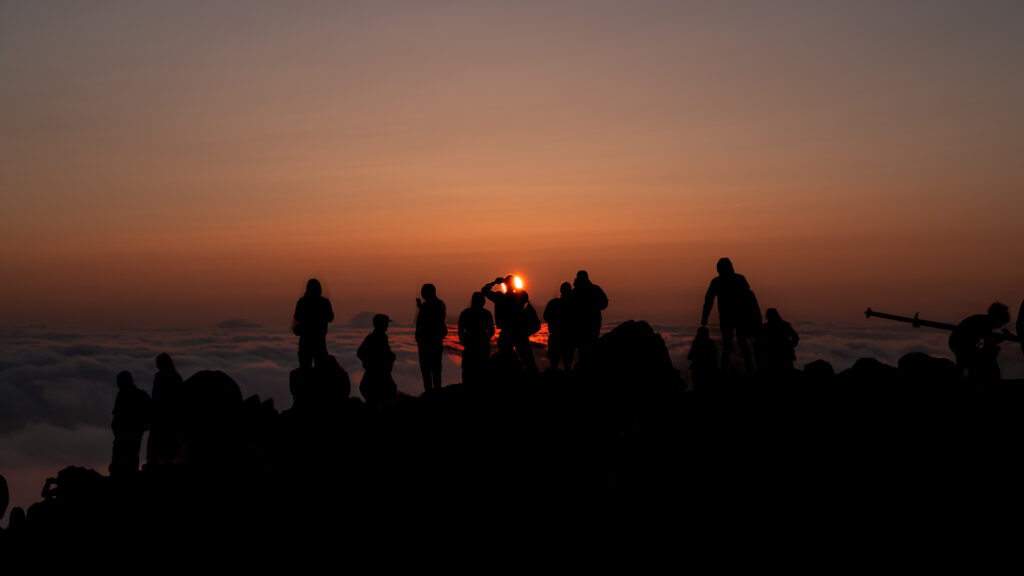
Of course, this isn’t just a viewpoint but also the start of the PR1 hiking trail, which runs from Pico de Areiro to Pico Ruivo, the two tallest mountains in Madeira. This is the most well-known hike on the island, but it was unfortunately closed during my visit due to some forest fires last year. However, the first kilometer is still open, which includes the Stairway to Heaven section of the hike and a few more viewpoints, which are incredible themselves.

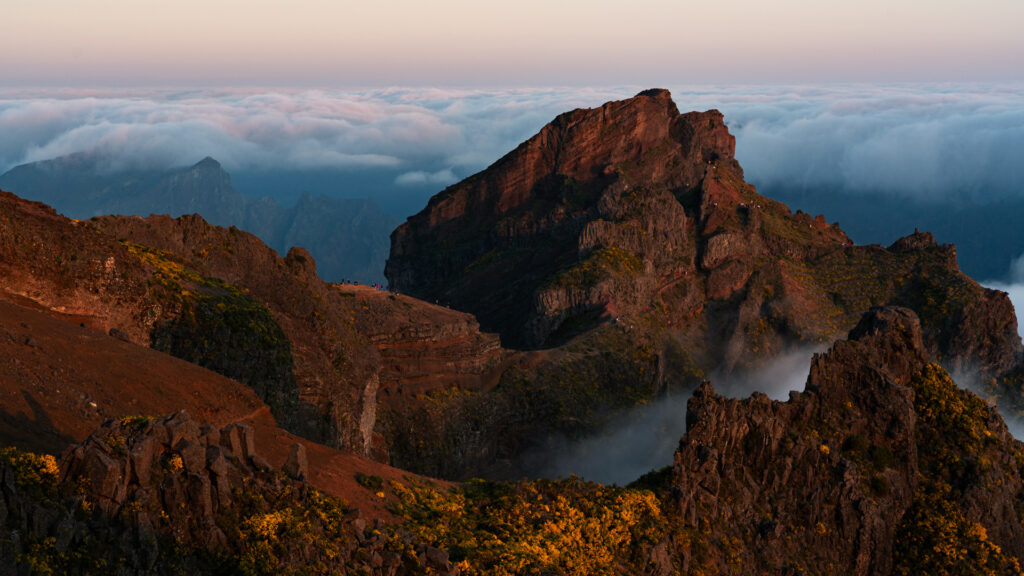
PR9 – From a mountain ridge hike to a trek through the jungle, PR9 feels like a different country to Pico de Areiro. This is one of Madeira’s ‘levada’ hikes. These are trails that run parallel to the many irrigation channels which run throughout the island to transport water from the wetter areas in the north to the more arid south side of the island. This is a reasonably easy but long hike which runs 8.7km out and back (17.4km total distance) along the levada to Caldeirão lake and waterfall. This is one of the most impressive waterfalls on the island, with water free-falling over 100m in a single drop into the crystal clear lake. While the hike itself is almost completely flat you are still at a reasonable altitude, and so when there are breaks in the trees, there are some incredible views down into the valleys or out to the coastal regions of the island. The only asterix I would put on this hike is that if you are planning to drive to the hike the final stretch of road before the car park had me close to a heart attack with just how narrow the road is with a stone wall on one side and a drop on the other; you can see why most rental cars on the island are scratch to pieces.


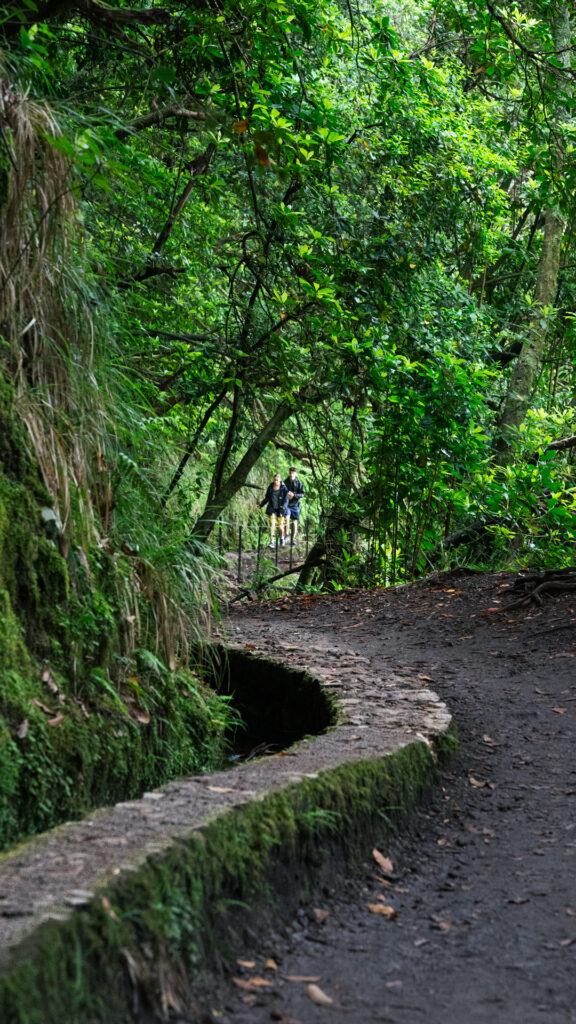
The final hike in my top 3 shortlist is PR8 – the Vereda de São Lorenzo. This is another out-and-back hike, which is just over 3.5km each way, but this one is most certainly not flat. Along the way, you climb over 500 meters in elevation with little to no shade. Of course, the day I decided to do this hike, there were no clouds in the sky with 30-degree heat; it was a sweaty one. This hike takes you out to the end of the São Lorenzo Peninsula, which is surrounded by some incredible rock formations and beautiful waters, and, once at the final viewpoint, offers some great views back towards the whole island. There is even a cafe towards the end of the hike, which receives all of its stock and staff by boat every single day. This makes for a great hike at any time of day, but especially for sunrise if you can stomach another early start.
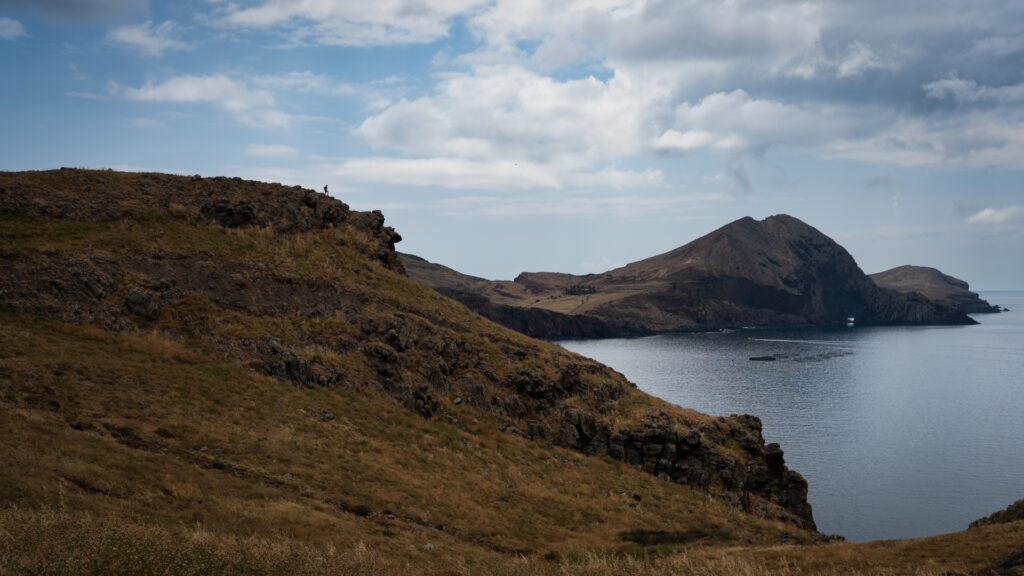
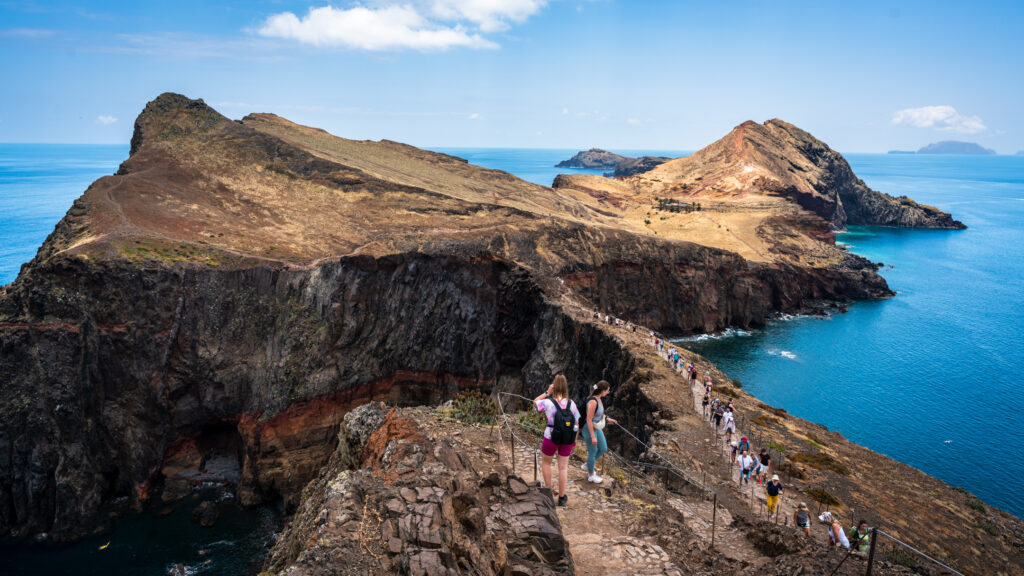
There’s more to Madeira than just hiking, though. Because of its unique location, the island experiences spring like conditions all year round, making it a great place for a relaxing beach day. There are several great beaches across the island, but the most famous is the Seixal black sand beach. This is one of the only naturally sandy beaches on the island, as many of the others are made from imported golden sand to attract more tourists. As a cool alternative, there are also several natural pools around the island formed by natural rock formations and filled with sea water. Seixal also has some great pools but the best ones on the isladn are in Porto Muniz where they are far bigger and made from volcanic rocks.
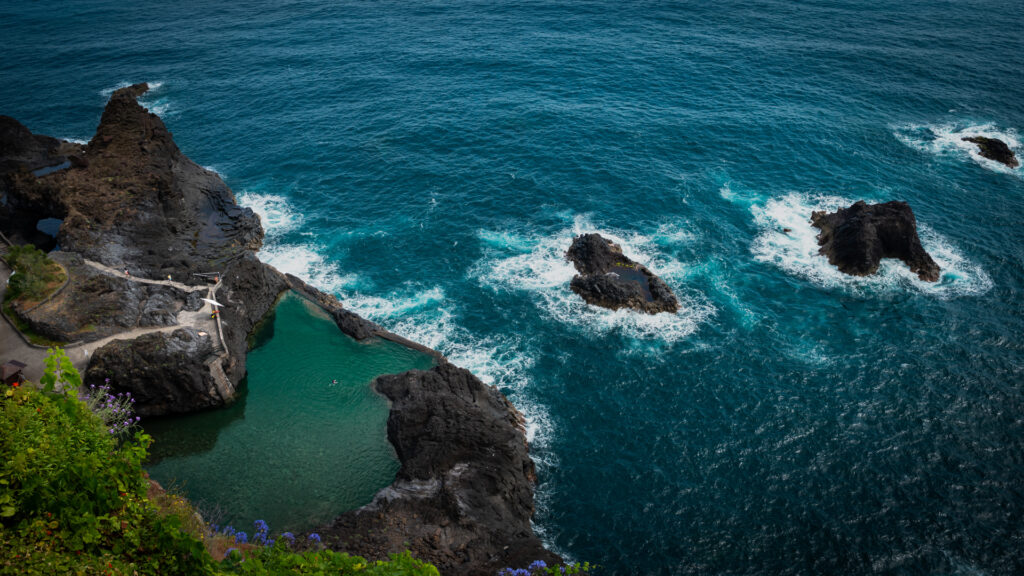
If the weather is gloomy, a beach day might not be on the cards, but this is the best time to visit the Fanal forests in the north of the island. This is a forest made of ancient laurel trees, which have been gnarled and twisted over hundreds of years, and when shrouded in fog, look like something out of a fantasy or horror film. Think of Fangorn forests from The Lord of the Rings. There is even a herd of highland cows that inhabit the forest and surrounding fields, which makes for some great photo opportunities. Unfortunately, I didn’t get to visit while these trees were shrouded in fog, but they’re impressive in sunlight all the same.

Of course, I haven’t even mentioned the biggest city on the island yet; Funchal. This is where the majority of the normal tourist activities are, such as the CR7 museum, botanical gardens, and the Monte Palace and gardens. Out of the three, I would highly recommend the Monte Palace, which is stunning in itself and is also where you can try out Madeira’s famous toboggans. This is how the locals used to commute down the hill every day and, having had to hill start on the hill, they go down to let them pass, the route is steep and they go at a reasonable speed. While this did look like fun when I was there, the wait was around 2 hours, and the cost of a ride was over 30 euros, so I gave it a miss.
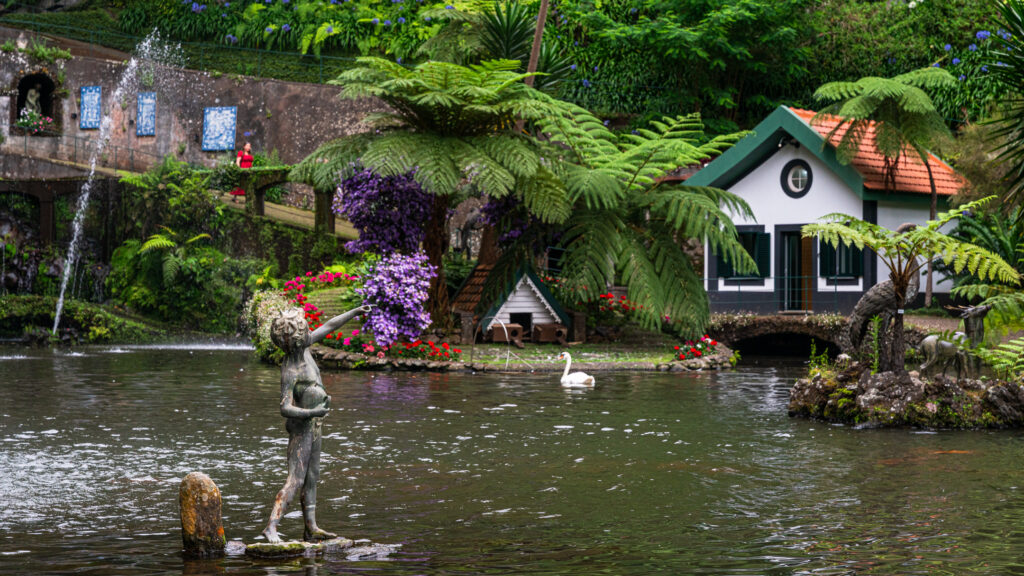
Should you drive in Maderia?
Driving in Madeira is a difficult decision to make before you go. On the one hand, the island is pretty big and its not uncommon to have to drive an hour or more to get to some of the best hikes or sights no matter where you stay on the island and so having a car gives you the freedom to go and visit all aras of the island at any time and chnage plans easily depending on the weather. However, Madeira is comfortably the hardest place I’ve had to drive in. Firstly, there’s no such thing as a flat road in Madeira. You’re either going up or down, and at some gradient, at all times. Steep is an understatement for many of these roads, with gradients of more than 20% being pretty common, especially when coming into or out of Funchal. I’ve never hated zebra crossings so much as having to do five hill starts in 500m on residential roads. With that being said, the roads in general are fantastic, with all of the main roads being perfectly surfaced with little to no traffic. Drivers are the same as they are in most of Europe; however, here, there seem to be two very distinct kinds of drivers. Those who follow the speed limits and those who see them as merely suggestions. There doesnt seem to be many, if any at all, speed cameras on the island and the speed limits are very conservative meaning on any two lane roads the inside lane is travelling at say 70/80kmh (43-50 mph) with the outside lane overtaking at 100-130+ kph which may be intimidating for any newer dirvers who come here. I met lots of travelers who did not rent a car and were still able to see lots of the island by relying on taxis, Uber, and the few bus routes that are on the island.
Where should you stay?
Deciding where to stay on the island depends largely on how you want your trip to look. If your primary focus is to hike and spend time in nature, then I’d recommend the east side of the island. Funchal is the most convenient and comes with a huge number of restaurants and shopping opportunities; however, parking can be a nightmare, and the price of accommodation here is double that of other areas on the island. I stayed in a small Hostel called Jaca, which is located in the northeast of the island in Porto da Cruz, which was a lot cheaper and a decent location to get to many of the hikes, but this came with a lot more limited options for going out to eat. When they have food nights in the Hostel, though, you have to be there as the food is simply unreal. For a trip where the primary focus is to relax, Porto Muniz is the best place to be, with Seixal being a close second, with more reasonable prices.
